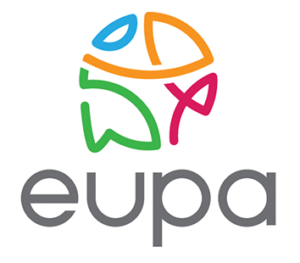In Sudan, a growing number of people are suffering from hunger, violence, and disease. On April 15th of this year, an armed conflict broke out between two rival military factions in the country, which gave rise to an increasingly severe humanitarian crisis. Large parts of the population must go hungry for days on end as food scarcity is rising, leading to increased malnutrition, and millions of Sudanese cannot obtain desperately needed medical treatment because fighting has nearly brought the country’s health system to collapse.
Impact of the conflict on the medical system
The violence and shortages of important medical supplies, as well as damage to facilities and assaults on medical staff, are overwhelmingly impacting people’s ability to access health care. Since the start of the conflict, there have been several targeted attacks on medical facilities. Hospitals have been occupied and resources like medicines and medical supplies were plundered. According to the World Health Organization (WHO), 54 attacks on healthcare facilities have caused 11 victims and 38 injuries since fighting began. Further, there is limited water and power available to keep the remaining facilities running.
The WHO estimates that 11 million people in Sudan need urgent health assistance, but more than 80% of hospitals are not functioning. In West Darfur, a Sudanese state with over 1.8 million inhabitants, only one hospital is operational, and even that only partially.
Those in need have great difficulty finding urgently needed medical care and the lack of access to health care combined with the onset of the rainy season is rapidly increasing the number of disease outbreaks such as malaria, measles, dengue, and cholera, further raising the number of people in need of medical attention.
What is MOAS doing to help?
In response to the crisis, MOAS has started the Sudan Humanitarian Aid Delivery Project. Besides providing therapeutic food to combat malnutrition, MOAS will also ship lifesaving medical supplies to where they are most needed. The supplies come in the shape of the IEHK 2017 emergency kits.
The IEHK 2017 is designed to meet the primary health needs of populations affected by emergencies, who have limited access to health care services, as it is the case in Sudan. The IEHK fills immediate medical gaps, and accordingly, its composition was decided with lifesaving purposes in mind.
What is in the kits?
The kits contain oral and topical medicines including antibiotics, painkillers, anti-infective medicines, vitamins and disease and symptom specific medicines. They also contain medical equipment and devices like gloves, gauze, stethoscopes, and surgical instruments. The selection of medicines in the kits is based on three things. Firstly, the global burden of disease, secondly, expert knowledge on the types of health conditions presented by the Sudanese population and thirdly, recommendations of the WHO Expert Committee on Selection and Use of Essential Medicines. It is updated on a regular basis using the most up-to-date information available.
Apart from the medicines and supplies, the IEHK also includes clinical guidelines and information to support appropriate use. The kit is designed to be self-sufficient and is made up of a basic module to be used by health care workers with limited training and a supplementary module to be used by physicians or senior health care workers. One full IEHK covers the primary health care needs and basic hospital care needs of 10 000 people.
Final thoughts
MOAS is determined to continue to support the most vulnerable communities around the world. It is vital that the Sudanese population receives nutritional and medical aid as soon as possible. Please give what you can to support our efforts and save lives. https://www.moas.eu/donate-moas-sudan/


